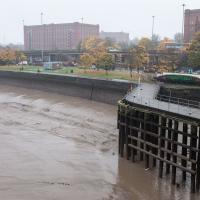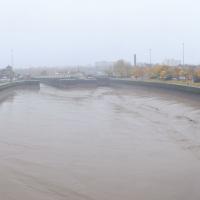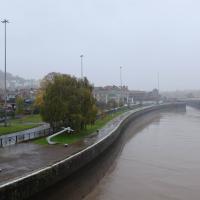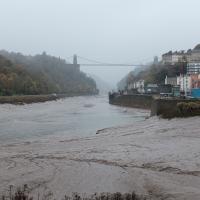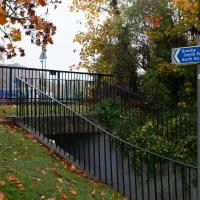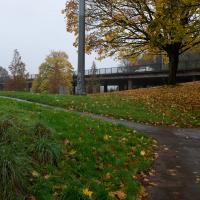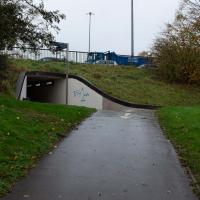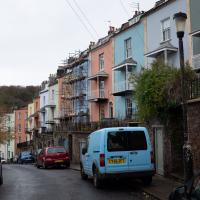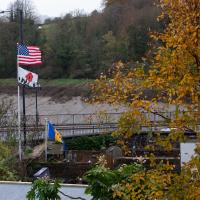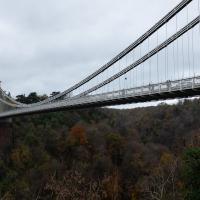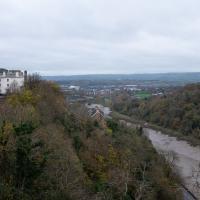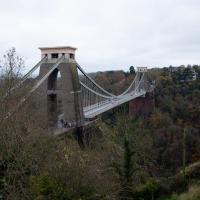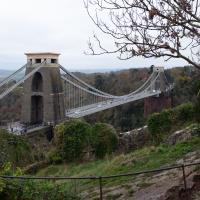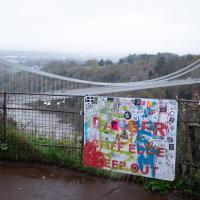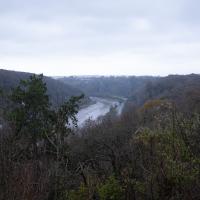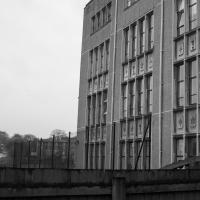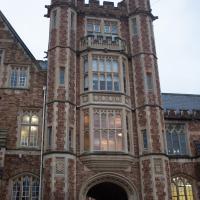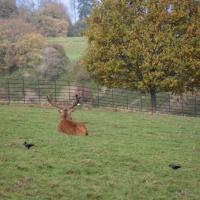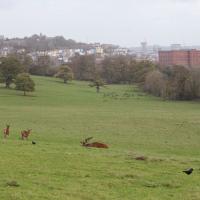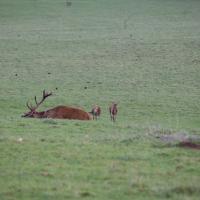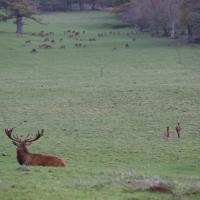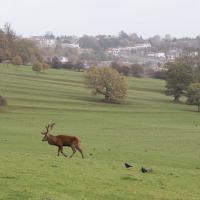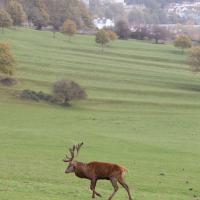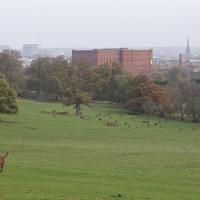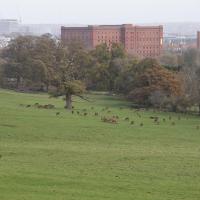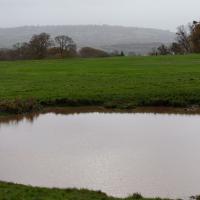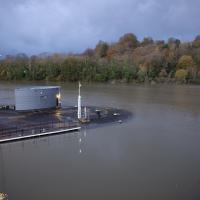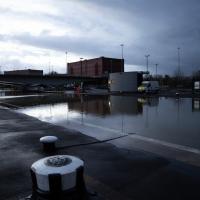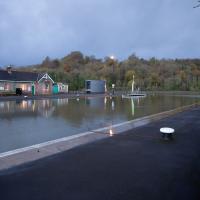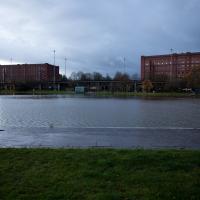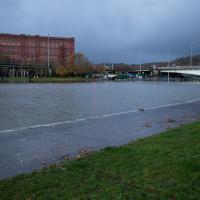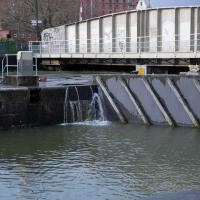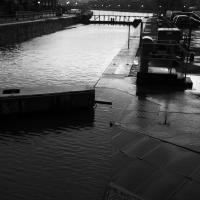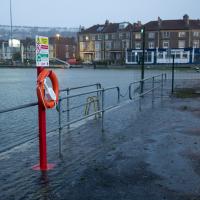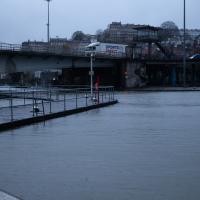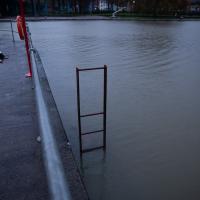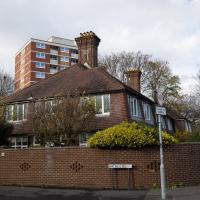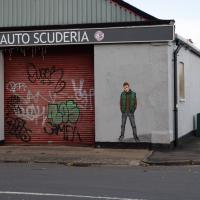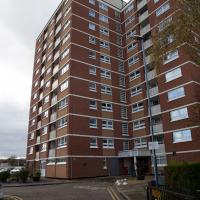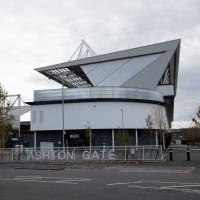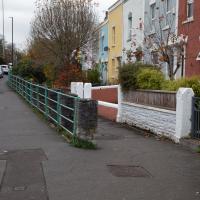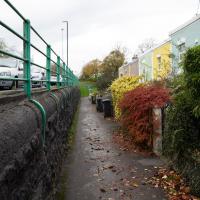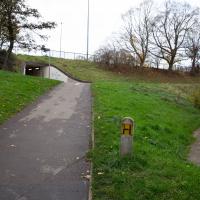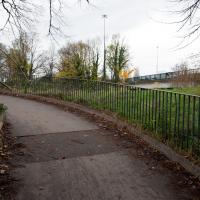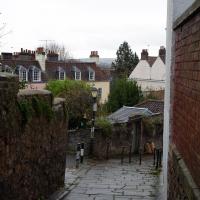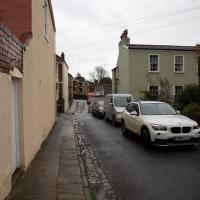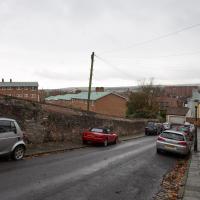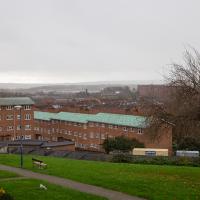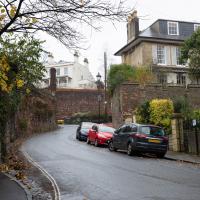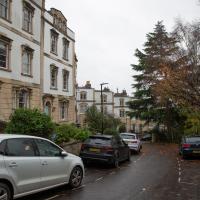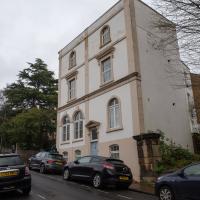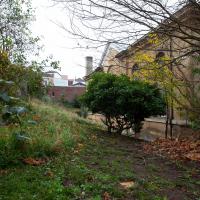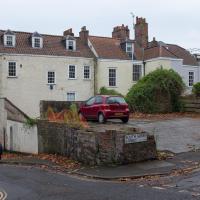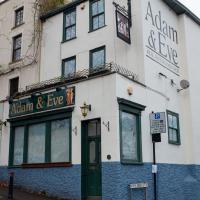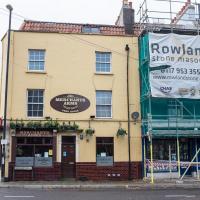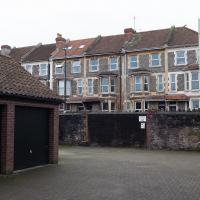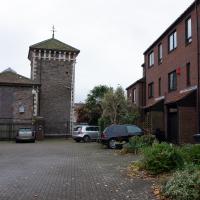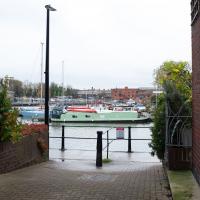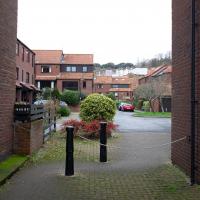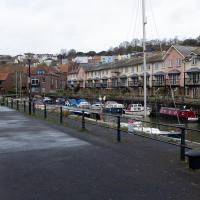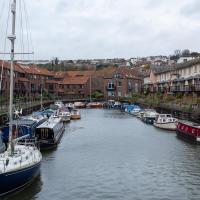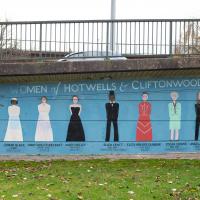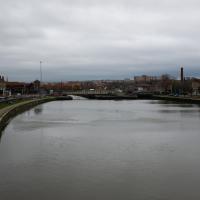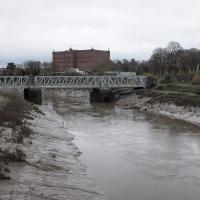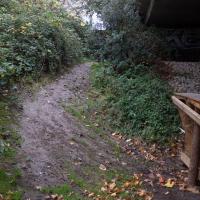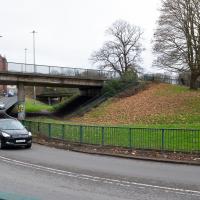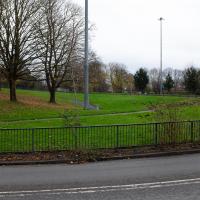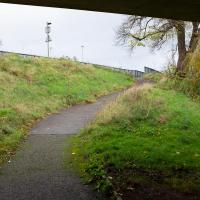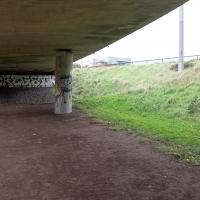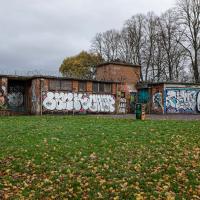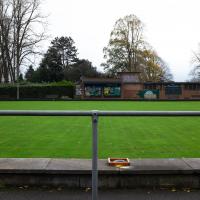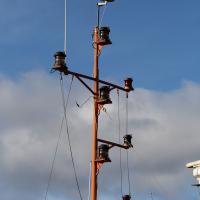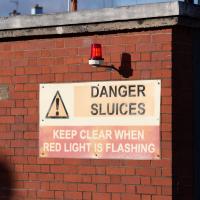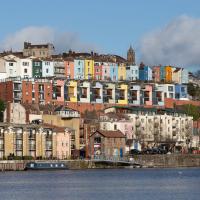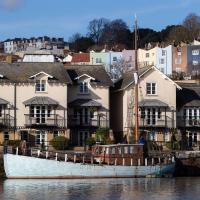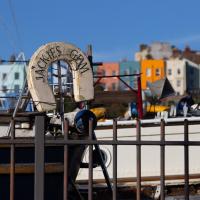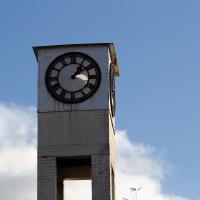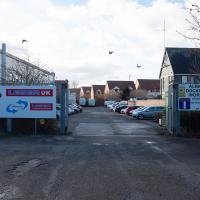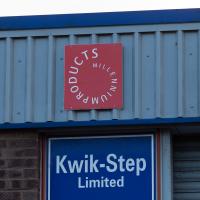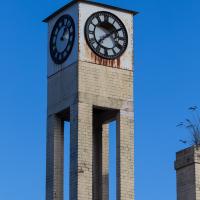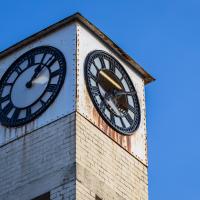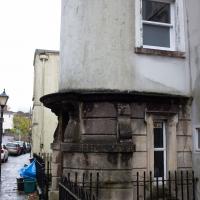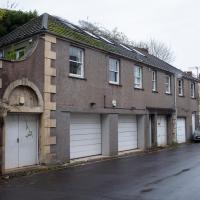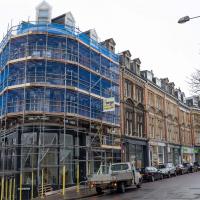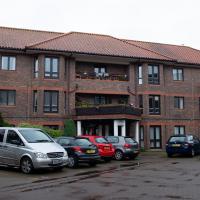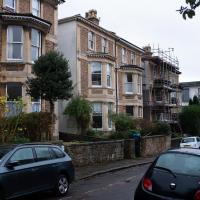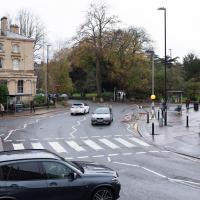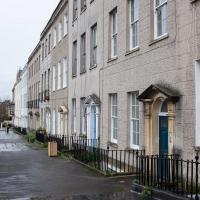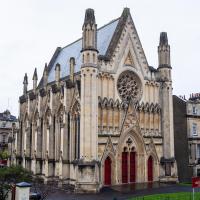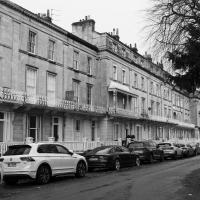Tagged: sky
Misty Walk
30 Oct 2020
Something of a misty start took me around the viewpoint at the end of Spike Island and then on to try to find a new way into Greville Smyth Park. I got lost.
Someone let the plug out again. (Seriously, though, they clean out some of the silt, etc., every now and again by emptying it, sluicing it out with fresher water, then filling it back up.
This sign alleges that this underpass leads to Greville Smyth Park. From the Hotwells direction it basically leads back where you came from, or onto a four-lane flyover with no place to cross.
Hotwells and Clifton/Clifton Village
14 Nov 2020
A local walk with my friend Lisa in tow, including a coffee from the cafe in the Clifton Observatory, where I have fond memories of experiencing my first camera obscura, and cake from Twelve in Clifton Village, one of my favourite recent finds for both food and flat whites.
The Tribe Building at Clifton College. I can't find much out about the place, other than it curently houses the Art, Classics, Religious Studies and Politics departments.
Outside the Zone
01 Nov 2020
This started as a little local walk with my friend Lisa, but when we randomly met my friends Sarah and Vik at Ashton Court, turned into joining them for a very long wander out to Abbots Leigh Pool. Most of this was well outside my one-mile radius but it was a lovely walk.
Sunday Morning
15 Nov 2020
My friend Sarah mentioned the high tide and I managed to drag myself out early, though still a little late. We nearly drowned in torrential rain, but the weather changed quickly and we ended up walking over to Bedminster in sunshine.
Sunday Afternoon
15 Nov 2020
A walk back from Bedminster to my place, mostly down Duckmoor Road, which I found a little dull—probably because it reminded me a little of the suburbs I grew up in on the outskirts of London—then held up slightly by some filming on Ashton Avenue Bridge. They were trying not to let the crowds build up too much in between takes, it seems, so it wasn't a long delay.
Dowry Square Jaunt
16 Nov 2020
A quick lunchtime jaunt to Dowry Square, which is very close to me but, being effectively a cul-de-sac as well as a square, I've probably only circumnavigated a couple of times in the last couple of decades.
I never need to walk down Polygon Road or Dowry Road. I couldn't say I've not been down these streets at all before the One Mile Matt project, but if I have it's been vanishingly rare and so long ago I don't remember it.
I believe the Hotwells Pine owners decided to retire, like the owner of the fish & chip shop a little further along. Asia Channel did excellent food, but had some kind of family crisis and closed down quite abruptly, sadly. The dentist on the end seems to do a good trade, and Hotwells Fabrics is still going. The one in between them and Asia Channel has been threatening to turn into a deli for a few years now, I think, but perhaps that's fallen by the wayside. Seems a terrible shame when we could do with a few more good local shops. Hotwells has definitely thrived more than this, in the past.
Jaunt to a Closed Coffee Shop
17 Nov 2020
A fruitless wander, as Spoke and Stringer (who I thought might do a decent flat white) were closed, and the only other harbourside inlet offering were a bit too busy to wait at, especially as I'd spent some time wandering some of the convolutions of Rownham Mead. This last congeries of dull alleyways and brown-painted garages was at least somewhere I've never been before, in parts.
There are yet more plans to turn this pub into yet more flats. I heard from a few different people that the owner has a habit of renting it to people but making them responsible for repairs, which normally turns out to be a bad deal for them as the place is falling apart. Of course, I've only heard that side of the story from the renters. I've experienced it in a few different forms, and in some of them it was a truly excellent local pub.
I don't spend a lot of time in pubs, but if I had to choose a "local", this is the one I would choose. Welcoming, interesting, and often to be found with a nice fire burning in the winter. After the last time some fool drove their car through the front wall (this bend on the Hotwell Road appears to be a magnet for bad drivers), the boarding up was decorated with the bonnet badge of the offending vehicle, a Toyota, if I remember correctly.
I've walked along the Hotwell Road on the other side of this wall a thousand times—possibly ten thousand. Never seen this side of it before.
When the commuter ferry was still a thing—the council subsidy was cut in the wake of the last global recession—I used to wander through this little alleyway all the time to wait at the ferry stop at this little inlet for the boat to work. Happier times.
According to Wikipedia, this sculpture was commissioned by the house builders who developed the site, designed by a student at the University of the West of England Art School with engineering by David Abel's Boatyard.
In which our intrepid hero levels up.
Quite a line-up. I'm afraid to say I've only read the obvious writer here; I've just popped Angela Carter's The Bloody Chamber on my "to-read" list to try and make up for that, but it's quite a long list right now.
The other way to get to Greville Smyth more quickly from there would be to go up that set of steps, but it would mean vaulting the railings, and I don't really do vaulting.
Okay, I successfully reached Greville Smyth the long way round. Of course, there's no coffee van to be found now I'm here. Curses!
Quick Coffee
19 Nov 2020
A sunny day, and though I should have probably headed for less well-travelled territory I just headed over to the Marina to grab a flat white from Imagine That's horsebox café.
I'm not entirely sure why this little pole seems to need so many red lights, or what the tiny circular thing that looks like a specialist antenna is at the top (there's clearly a few other antennas, and I also have no idea what they're for.) Just part of the varied harbour infrastructure I walk past every day and would probably be fascinated to hear about if I knew who to ask...
What, should I keep clear from this side? I'm assuming that this doesn't actually affect anything on dry land...
Clifton Village Mini Wander
20 Nov 2020
Just a quick wander up the hill to get a flat white from Twelve. I really enjoyed the spooky mannequin (?) in the window.
The one nearest is an AirB&B-style rental and looks lovely inside. This is the kind of quirkiness I might aspire to.
Many a time have I wandered down this little cut-through that joins Saville Place and the Fosseway. A shortcut through the Polygon starts me off, then it's pretty much a straight line up through to here and on to Queen's Road.
A little retirement housing block sitting at the end of a private road at the end of the Fossway. I've never wandered up and seen it before, though I've walked past it a thousand times.
I wonder how many times I've crossed this zebra crossing, or cut across the road at the little traffic island in the background to get to the diagonal path across Victoria Square?
From what I can work out, this terrace that starts in the road called Richmond Terrace itself continues around the corners to Clifton Road and here, Queens Road, while still being called Richmond Terrace.
